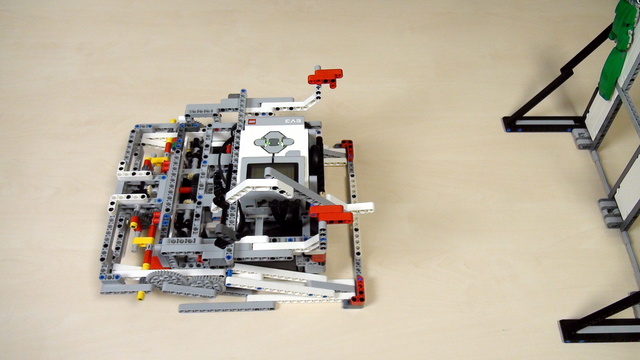

Wrong LEGO Mindstorms robot positioning without sensors (part 2)
In the previous part of the video lesson we showed how imprecise a chain LEGO Mindstorms robot could be if its positioning does not rely on sensors, but only on the use of move block. In this tutorial we will show the same thing, but using robot on tires.
- #42
- 30 Sep 2013

























